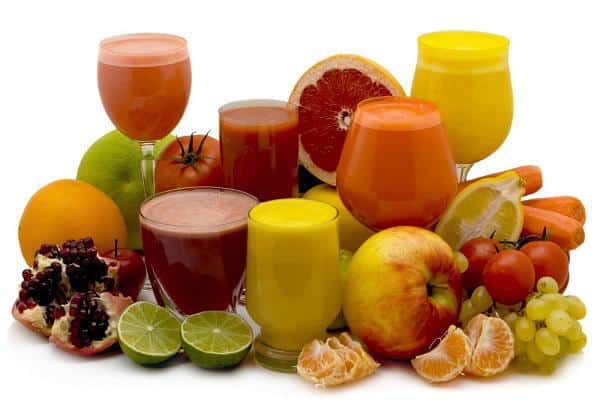The process of making juice from the concentrate
- 1.Mixing
Considering the drink type (juice, nectar, and syrup), the concentrate is mixed with water, aroma, sugar, and acid.
The concentrate or primary Brix is diluted with mineral-free and drinkable water that does not change the natural composition of the juice and prevents sediment formation. In other words, the used water for dilution should possess special properties. In the case of sour cherry, some sugar is also added due to higher acidity.
To prepare juice from concentrate, the ratio of added aroma concentrate should be the same as when the aroma concentrate was obtained from the juice (1:150 -1:250).
In the case of nectar, the juice amount is different for each fruit. There is at least 50% juice in apple and grape, 35% in pear and quince, and 30% in sour cherry and pomegranate. Considering these percentages is necessary to make nectar from concentrate. Added sugar should be calculated knowing that the final dry matter in nectar should be 13%. It is added directly or in form of a 65% sugar solution. If the concentrate acidity is lower than standard, some acid such as citric acid, malic acid, or tartaric is mixed.
The syrup is prepared by adding warm or cold water to the concentrate. Properties of the used sugar and Saponin content (due to making secondary turbidity) need special attention. The amount of natural juice in apple and grape syrups is at least 30%, in citrus is 6%, and in other fruits is 10%. A suggested amount of dry matter in carbonated beverages is 10-13% and in carbonated beverages at least 13%. In addition, water, aroma, and acid are added to such drinks.
All the materials are mixed evenly in a tank with a blender.
- 2.Filtration
Filtration is done to separate solid and colloid particles from the juice.
- 3.Deaeration
This step is to extract extra air, which is mixed with the juice during previous steps (especially the blending step) to prevent oxidative changes in the juice. In the de-aeration system, a thin layer of the juice passes through the surface of a cylinder under vacuum (25-30 mm Hg) until a significant amount of air exits.
- 4.Filling
Filling packs can be done after or before pasteurization. The temperature of the juice in filling time after pasteurization is about 60˚C. To pasteurize the packs before filling, at first, the juice is pasteurized in a plate heat exchanger at 90-92˚C for 1 minute and then the packs are filled with hot juice (at least 85 ˚C).
Doypack bags and an automatic vacuum system are used in this stage.
- 5.Cooling
The juice temperature immediately reduces to 30-35 ˚C after hot filling or pasteurization. This is important in the aspect of microbiological stability and keeping the taste quality. Fast cooling helps save the juice taste and color. Moreover, with fast cooling, less hydroxymethyl furfural is produced.
- 6.Storage
It is better to store the labeled bottles for 5 days before selling. It increases the inversion rate and makes a balance in the juice taste.


No comments have been sent yet!